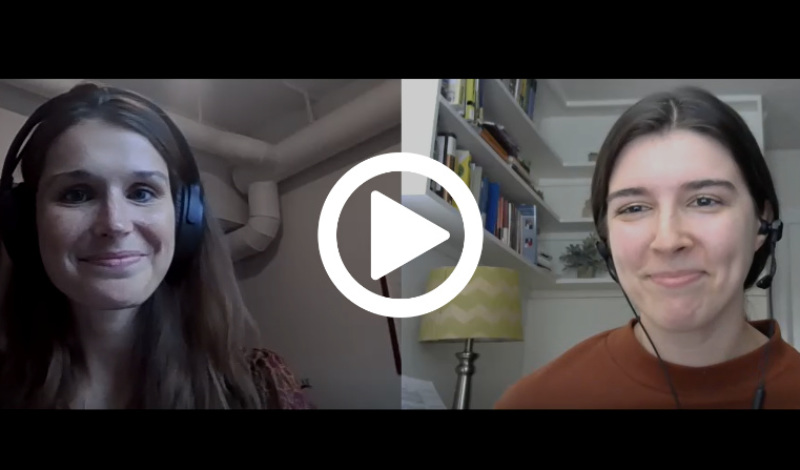
News Goggles: Emilie Munson, Times Union
This week, we talk to data reporter Emilie Munson of the Times Union, a local news organization based in
News Goggles annotations and activities offer news literacy takeaways on timely topics. These resources feature examples of actual news coverage, including full news reports, headlines, breaking news alerts or excerpts.
This News Goggles resource originally appeared in a previous issue of The Sift newsletter for educators, which explores timely examples of misinformation, addresses journalism and press freedom topics and examines social media trends and issues. Read archives of the newsletter and subscribe here.
As local and regional newsrooms shrink, more news organizations rely on reporting from bigger outlets with a broader reach, including wire services, such as The Associated Press (AP) and Reuters. These “wires” help newsrooms provide stories from the wider world to their local audiences. Wire stories also help get information quickly to readers, as they are often among the first news reports available during breaking news events.
With such an interconnected newsgathering ecosystem, you can’t always assume that a story published by a news organization was also written by that news organization. Some stories require a closer look. Grab your news goggles, and let’s examine some examples!
★ Featured News Goggles resource: These classroom-ready slides offer annotations, discussion questions and a teaching idea related to this topic.
Discuss: Why would a news organization rely on stories from a wire service? How can you tell if a news report from a wire service is credible?
Idea: Ask students to look at the national and international section of a local news website or newspaper. What kind of stories are published there? Who wrote these stories? Do any come from a wire service? How are wire service stories labeled? Why would knowing the provenance, or origin, of a news report be important for readers?
Related: “When wire services make mistakes, misinformation spreads quickly” (Salem Solomon, Poynter).
Have feedback about this resource? Or an idea for a future News Goggles? Please share it with us at [email protected]. You can also use this guide for a full list of News Goggles from the 2020-21 school year for easy reference.
This week, we talk to data reporter Emilie Munson of the Times Union, a local news organization based in
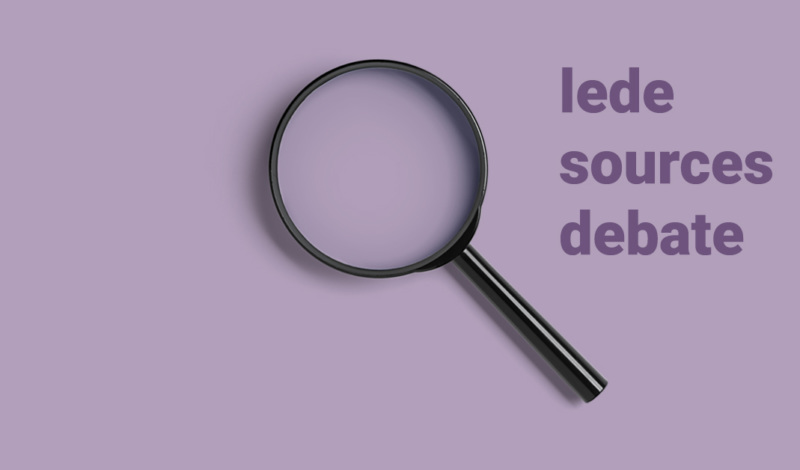

In this edition of News Goggles, let’s turn our gaze to a key standard of quality journalism — sourcing.
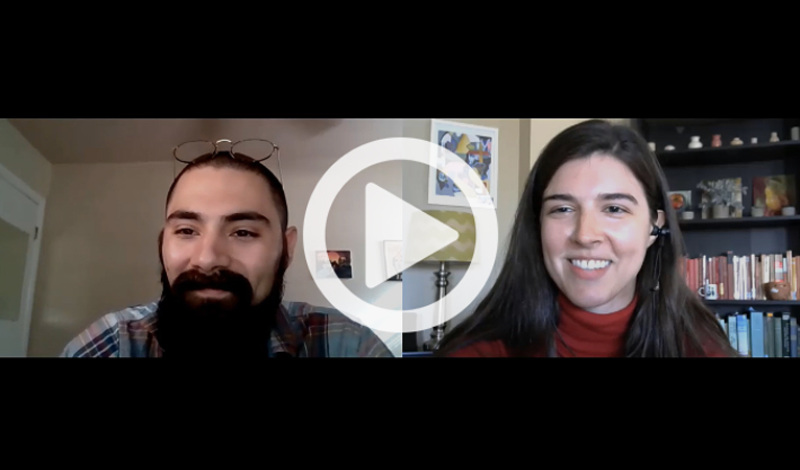

How do journalists see news? Put on a pair of “news goggles” and check out these conversations with professional
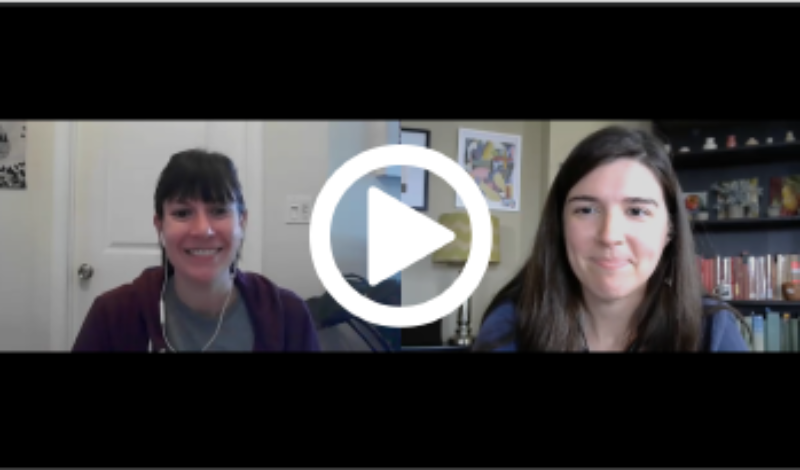

This week, we talk to Emily Hoerner of the Chicago Tribune about her recent story on public restroom access.
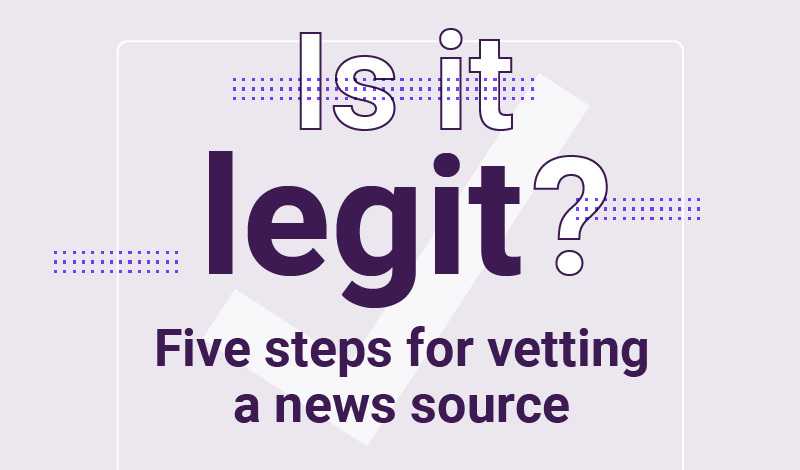

Many sources compete for attention online, including partisan blogs and bogus sites posing as legitimate news organizations. It can



